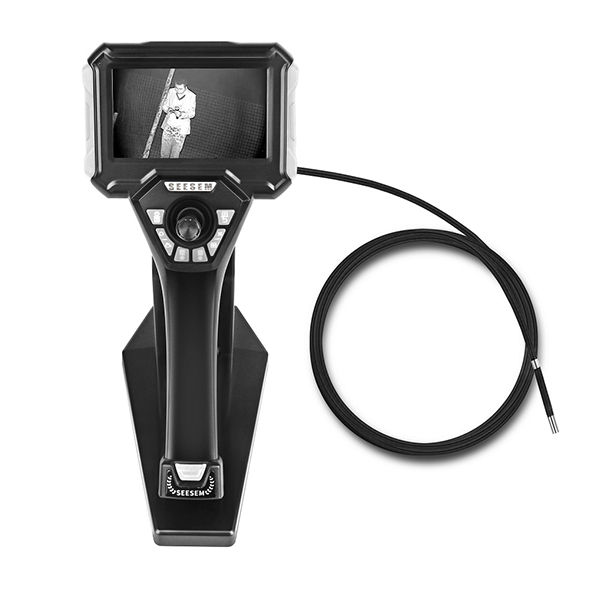A Comparative Analysis of Common Sizes in Industrial Videoscopes
소개: 산업용 비디오스코프s are essential tools in various fields, enabling professionals to inspect and diagnose hard-to-reach areas with precision. These versatile devices come in different sizes, each offering unique advantages in specific applications. 이 기사에서는, we will explore the differences among common sizes of industrial videoscopes and their implications for various industries.
- Miniature Videoscopes: Miniature videoscopes are compact and portable, making them ideal for inspections in tight and confined spaces. With diameters ranging from 2.4mm to 4mm, these videoscopes are particularly suitable for applications in aerospace, 자동차, 전자 산업. Despite their small size, they often possess high-quality imaging capabilities, ensuring detailed inspections of intricate components.
- Standard-Diameter Videoscopes: Standard-diameter videoscopes typically feature diameters between 5.5mm and 6.8mm. These videoscopes strike a balance between portability and image resolution, making them versatile tools for general industrial inspections. They find extensive use in mechanical maintenance, building inspections, and plumbing applications, where a balance between image quality and accessibility is crucial.
- Large-Diameter Videoscopes: Large-diameter videoscopes, with diameters ranging from 8mm to 12mm, are known for their robustness and ruggedness. These videoscopes are designed to withstand harsh environments, such as inspections in oil and gas pipelines, 터빈, and heavy machinery. The larger diameter allows for more substantial light transmission and image sensors, resulting in superior image quality, particularly in larger inspection areas.
- Articulating Videoscopes: Articulating videoscopes come with flexible, remote-controlled articulation, enabling the camera tip to bend in multiple directions. These videoscopes are available in various sizes, ranging from 3.9mm to 8mm, and are invaluable in industries like aviation, 항공우주, and power generation. Their ability to navigate complex structures and internal components enhances inspection efficiency and reduces the need for costly disassembly.
- Long-Length Videoscopes: Long-length videoscopes, 내시경이라고도 알려져 있음, extend beyond standard lengths, providing the capability to reach deep into machinery and equipment. They typically range from 3 meters to 30 미터, making them indispensable for applications in aviation, 에너지, and civil engineering. Long-length videoscopes are essential for inspecting the integrity of internal components without the need for extensive dismantling, saving time and maintenance costs.
결론: Industrial videoscopes come in a variety of sizes, each catering to specific inspection needs across various industries. Miniature videoscopes are perfect for tight spaces and delicate components, while standard-diameter videoscopes strike a balance between portability and image quality. Large-diameter videoscopes excel in rugged environments, and articulating videoscopes navigate complex structures efficiently. 마지막으로, long-length videoscopes are indispensable for reaching inaccessible areas deep within machinery. Choosing the right videoscope size is crucial to ensure efficient and accurate inspections, ultimately leading to improved productivity and reduced downtime across industries.


